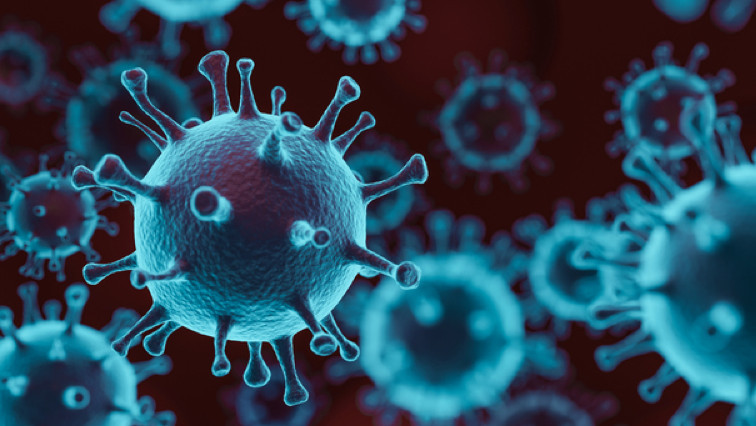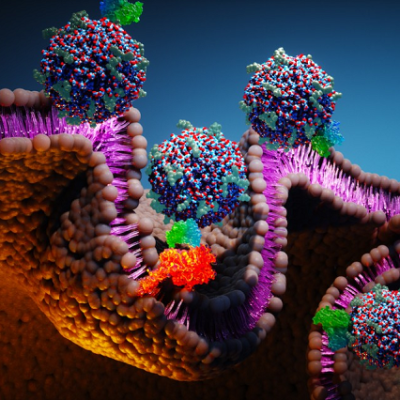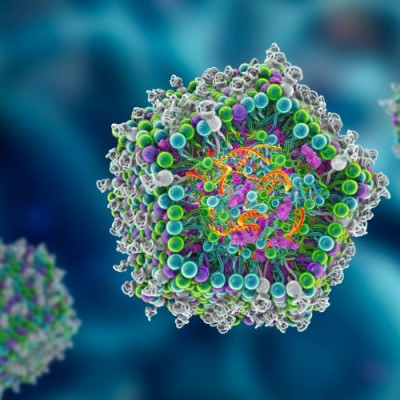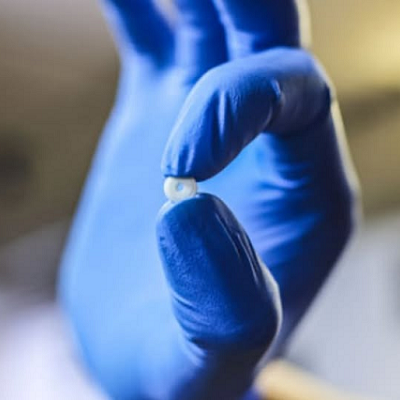Tiny shells built from DNA and lined with sticky molecular tentacles can trap a dozen different kinds of virus, potentially preventing them from infecting cells .
Few existing small-molecule drugs are active against multiple viruses, so these nanoshells might offer an alternative approach to developing broad-spectrum antiviral agents, says Alba Monferrer, part of the Technical University of Munich team that created the shells. The structures could potentially capture novel viruses that don’t have any known treatments, such as ones that emerge in a future pandemic, she says. “We would have something in our drawer that we could use readily, before [a new virus] spreads massively.”
The team, led by Hendrik Dietz, built the shells using a technique called DNA origami. This involves folding a strand of lab-made DNA into a predetermined shape by using its genetic base sequence as a blueprint. In this case, a long strand of DNA locks together with hundreds of shorter DNA “staples” that have complementary sequences, building robust triangles. The researchers assembled those triangles into open half-shells with cavities 40–150 nm wide. The interior of each nanoshell bears dangling strands of DNA that can be decorated with virus-binding molecules.
Dietz’s team had previously decorated the DNA nanoshells with antibodies that could grab viruses and stop them from infecting cells. Using antibodies has drawbacks, though: each antibody typically binds just one type of virus, and mutations can enable viruses to evade an antibody’s clutches.
The researchers have now swapped the antibodies for derivatives of heparan sulfate, a chain of sugars found on mammalian cell surfaces that many viruses stick to before they infect cells. The team used click chemistry to connect heparan sulfate derivatives to DNA strands that were complementary to the handles inside the shells. Snapping the complementary DNAs together lined each triangular section of a nanoshell with up to 18 heparan sulfate units.
By using a shell of the appropriate size, these structures could bind viruses from a dozen different families, including dengue, polio, and SARS-CoV-2. When the researchers combined roughly equivalent numbers of nanoshells and human papilloma virus particles on a surface, they saw that the shells could capture more than 90% of the virus particles. In humans, it’s likely that natural immune pathways would eventually break the nanoshells down, along with their virus cargo, the researchers say.
“The power of this work lies in showing how different kinds of nanomaterials could be used against viruses,” says Joshua A. Jackman of Sungkyunkwan University in South Korea, who works on nanobiotechnology and broad-spectrum antivirals and was not involved in the study. “It really provides a compartment to separate the virus from its biological environment.”
Researchers have previously decorated nanoparticles with heparan sulfate derivatives to snag viruses, and Jackman says that it would be useful to compare their performance with that of the new nanoshells. He adds that it is now important to determine whether the nanoshells can actually sequester viruses in living organisms.
Monferrer says that they plan to test such nanoshells in mice, as part of a consortium of European academic scientists called Virofight. The researchers have also founded a spin-off company called Capsitec to develop the technology.
Read the original article on American Chemical Society (ACS).







